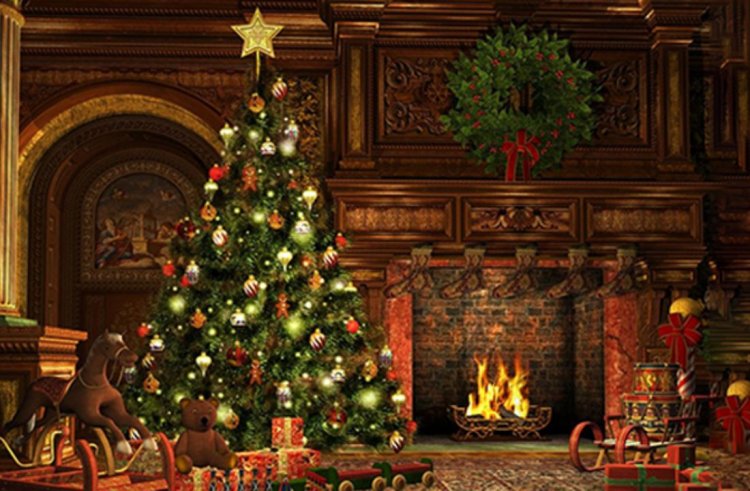Christmas Customs And The Meanings Behind Them
Christmas Customs And The Meanings Behind Them
Updated on December 06, 2022 12:40 PM by Michael Davis
Red, Gold, and Green
This color scheme is as traditional as it gets for Christmas. The colors red, gold, and green represent the blood of Christ, the birth of the Three Kings, and everlasting life.
Carol Song
In the past, carols were seasonal folk tunes sung at various parties and festivities. A medieval melody, "The Holly and the Ivy," is often sung at Christmastime.
Add Block
The Christmas Tree

The fir tree has been included in pagan and Christian winter rituals for millennia. It reminded winter solstice pagan celebrants of spring. The Romans decked their temples with fir trees during Saturnalia (late Christmas). In 1841, Prince Albert brought a German Christmas tree to Windsor Castle, popularising the tradition in the United Kingdom. It went viral after they posed with their children for a newspaper article.
The Christmas Wreath
Since Christ was born, Christmas wreaths have been a sign of honor and victory. In the Middle Ages, it was a sign of Christmas for Christians.
Also Read: Enjoy the Christmas festive season with the special binge-worthy films!
Add Block
Evergreen Foliage
Evergreen trees and plants were employed in ancient pagan and Roman winter solstice celebrations. Light always wins out over death. Traditional Christmas decorations were originally used to ward off wintertime ghosts.
Add Block
Christmas Cards
Sir Henry Cole, a Victorian businessman, commissioned the first Christmas card in the United Kingdom in 1843 because he was too busy to write personalized wishes. Cole sold 1000 remaining cards for 6d (about 2.5p). Royal Christmas cards gained immense popularity.
Also Read: For your sweet and savory choices, here are 28 festive Christmas snacks
Christmas Stockings
St. Nicholas, the patron saint of children, was a Christian bishop in Turkey in the fourth century. He supposedly wanted to help a low-income family with three daughters who required dowries to marry. On Christmas Eve, he threw gold coins down their chimney into a stocking drying in the fireplace to deliver charity without offending their sense of self-worth. Today, oranges represent gold coins in Christmas stockings.
Add Block
Mistletoe
During the winter solstice, the Druids harvested mistletoe and used it for medicinal purposes. The plant was identified with the Scandinavian goddess of love, and the Romans considered it a symbol of peace. Mistletoe berries are deadly if consumed. Therefore keep them away from youngsters.
Also Read: 'Cheers' Sitcom Actress Kirstie Alley Passed Away Aged 71
Add Block
Advent Calendars
Advent begins four Sundays before Christmas and marks the beginning of the Christmas season. In 1851, the first hand-made advent calendar was created. The tradition is supposed to have begun in Germany in the early nineteenth century, with Lutherans writing down the days till Christmas with chalk.
Crackers
In 1846, London sweetmaker Thomas Smith introduced Christmas crackers. Smith added a love slogan to his wrapped treats, inspired by French bonbons in twists of colored paper. He added a chemical-laced strip of paper to startle the recipient.





